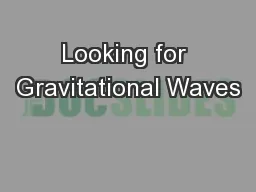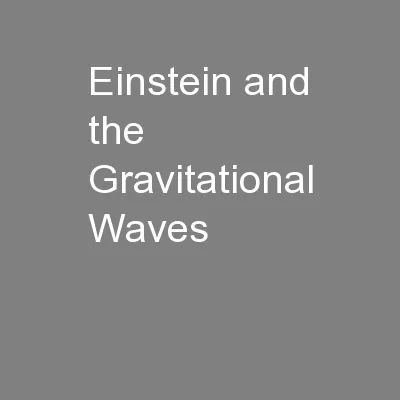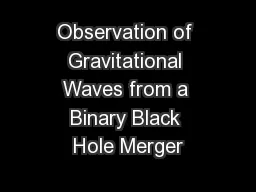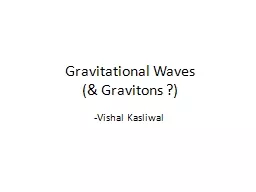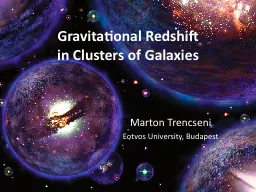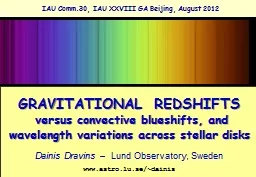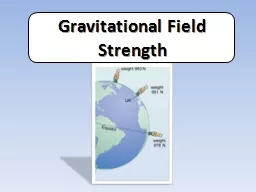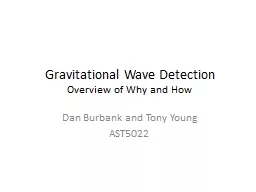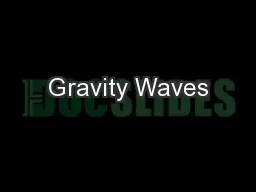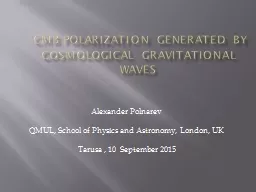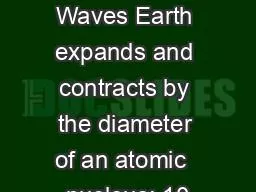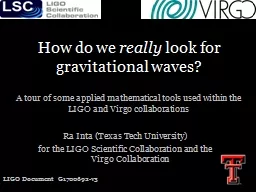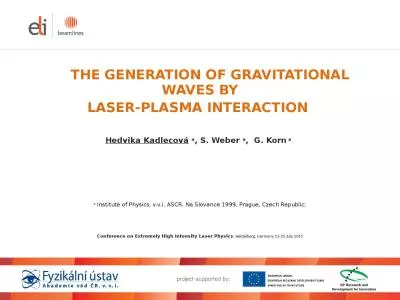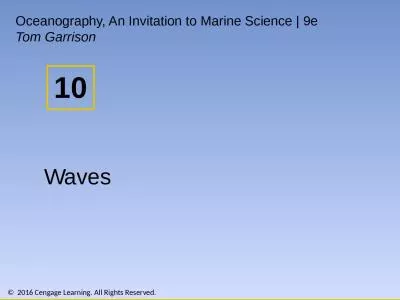PPT-Looking for Gravitational Waves
Author : min-jolicoeur | Published Date : 2018-02-21
with a radio pulsar observatory Pulsar Timing Arrays and Indian Pulsar Timing Array experiment In the era of Gravitational Waves Bhal Chandra Joshi National Centre
Presentation Embed Code
Download Presentation
Download Presentation The PPT/PDF document "Looking for Gravitational Waves" is the property of its rightful owner. Permission is granted to download and print the materials on this website for personal, non-commercial use only, and to display it on your personal computer provided you do not modify the materials and that you retain all copyright notices contained in the materials. By downloading content from our website, you accept the terms of this agreement.
Looking for Gravitational Waves: Transcript
Download Rules Of Document
"Looking for Gravitational Waves"The content belongs to its owner. You may download and print it for personal use, without modification, and keep all copyright notices. By downloading, you agree to these terms.
Related Documents

